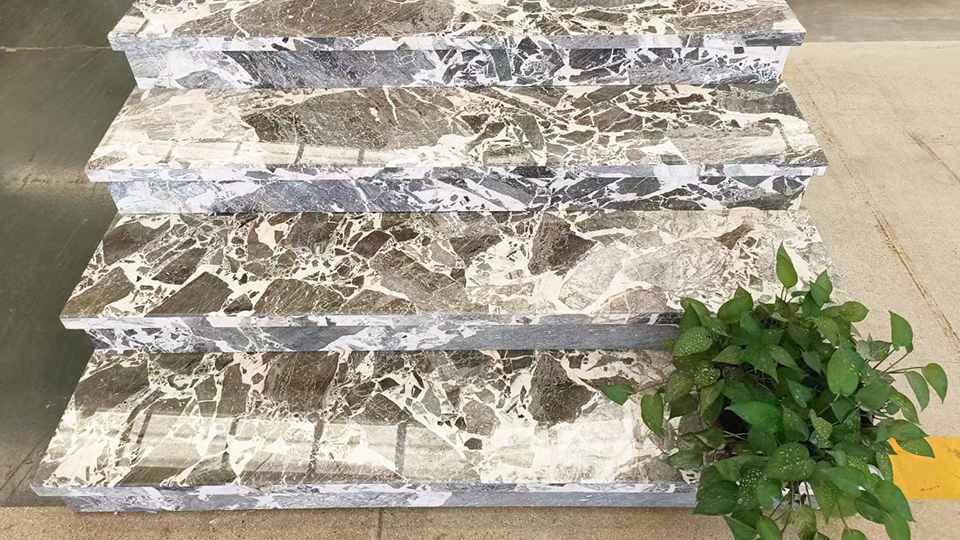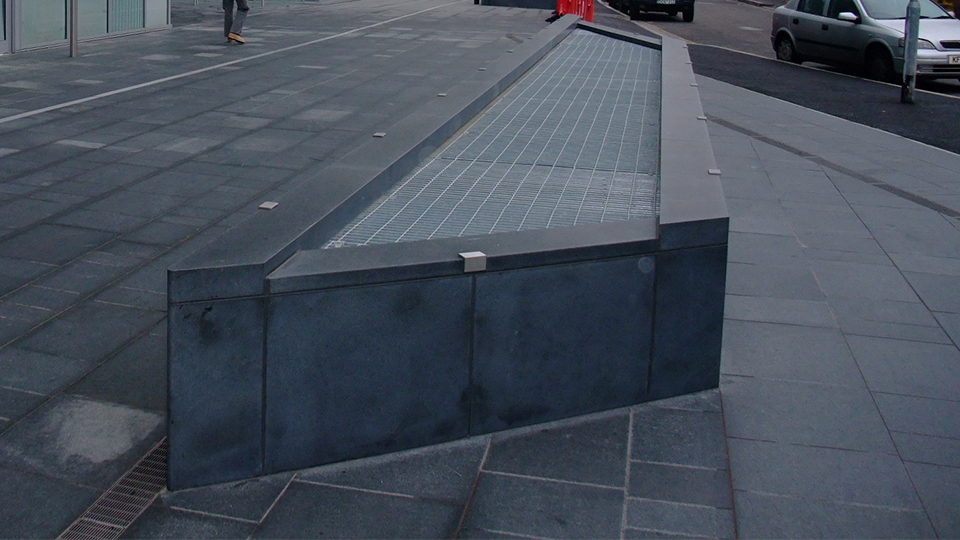what is scrap slate good for
Reclaiming the Stone: The Multifaceted Potential of Scrap Slate
Slate, a metamorphic rock prized for its durability and aesthetic appeal, often leaves behind a trail of scrap during quarrying, processing, and construction. While traditionally considered waste, scrap slate possesses a surprising array of valuable applications, offering both economic and environmental benefits. This article delves into the technical aspects of scrap slate utilization, exploring its potential across various industries and highlighting its contribution to sustainable practices.
The Abundance and Nature of Scrap Slate:
Scrap slate arises from several sources:
Quarrying and Extraction:
During slate extraction, irregular pieces, offcuts, and unusable fragments are generated.
Processing and Fabrication:
Cutting, shaping, and finishing slate for roofing, flooring, and other applications produce significant amounts of waste.
Construction and Demolition:
Renovations and demolitions of slate roofs and structures yield fragmented slate debris.
This scrap material, while varying in size and shape, retains the fundamental properties of slate:
Durability and Strength:
Slate's inherent strength and resistance to weathering remain intact in scrap pieces.
Impermeability:
The low porosity of slate ensures that even fragmented pieces offer resistance to water absorption.
Chemical Inertness:
Slate's resistance to chemical reactions makes it suitable for various applications.
Applications in Construction and Landscaping:
Scrap slate finds numerous applications in construction and landscaping:
Aggregate and Fill Material:
Crushed scrap slate can serve as a durable aggregate in concrete and asphalt mixtures.
It can also be used as a stable fill material for road construction, foundations, and landscaping projects.
Retaining Walls and Gabions:
Larger pieces of scrap slate can be used to construct retaining walls and gabions, providing structural support and erosion control.
The natural layering of slate can give these structures an appealing look.
Pathways and Paving:
Irregular slate fragments can be used to create rustic pathways and paving surfaces in gardens and outdoor areas.
The stones provide a durable and slip resistant surface.
Rock Gardens and Water Features:
Scrap slate adds a natural and textured element to rock gardens and water features.
The stones can be used to create tiers, waterfalls, and decorative accents.

Roofing Repair and Patching:
Smaller pieces of scrap slate can be used to repair damaged slate roofs, minimizing the need for new slate.
Industrial and Specialized Applications:
Scrap slate also offers potential in industrial and specialized applications:
Filler in Industrial Products:
Finely ground slate powder can be used as a filler in various industrial products, such as paints, plastics, and rubber.
It can add strength and durability to these materials.
Filter Media:
Slate's porous structure makes it suitable for use as filter media in water treatment and filtration systems.
It can remove impurities and improve water quality.
Art and Craft Materials:
Scrap slate can be used as a canvas for painting, engraving, and other artistic expressions.
It can also be used to create decorative items, such as coasters, placemats, and sculptures.
Agricultural Applications:
Slate dust, due to mineral content, can be used as a soil amendment, adding valuable minerals to the soil.
It can also be used as a component in animal bedding.
Environmental Benefits and Sustainability:
Utilizing scrap slate offers significant environmental benefits:
Waste Reduction:
Diverting scrap slate from landfills reduces waste and minimizes environmental impact.
Resource Conservation:
Using scrap slate reduces the demand for virgin materials, conserving natural resources.
Reduced Transportation:
Utilizing locally sourced scrap slate minimizes transportation distances and reduces carbon emissions.
Sustainable Construction:
Incorporating scrap slate into construction projects contributes to sustainable building practices.
Technical Considerations and Processing:
To maximize the potential of scrap slate, proper processing is essential:
Crushing and Grading:
Crushing and grading scrap slate into various sizes allows for its use in different applications.
Cleaning and Sorting:
Removing debris and sorting scrap slate by size and quality ensures optimal performance.
Surface Treatment:
Surface treatments, such as polishing or sealing, can enhance the aesthetic appeal and durability of scrap slate products.
Testing and Quality Control:
Testing the physical and chemical properties of scrap slate ensures that it meets the required standards for specific applications.
Challenges and Future Directions:
Despite its potential, the widespread utilization of scrap slate faces challenges:
Logistics and Collection:
Establishing efficient systems for collecting and transporting scrap slate is crucial.
Processing and Standardization:
Developing standardized processing techniques and quality control measures is necessary.
Market Development:
Promoting the benefits and applications of scrap slate to create a viable market is essential.

Research and Innovation:
Exploring new and innovative applications for scrap slate can unlock its full potential.
In conclusion, scrap slate is a valuable resource with a diverse range of applications. By embracing sustainable practices and investing in research and development, we can unlock the full potential of this often-overlooked material, contributing to a more circular and environmentally responsible economy.



